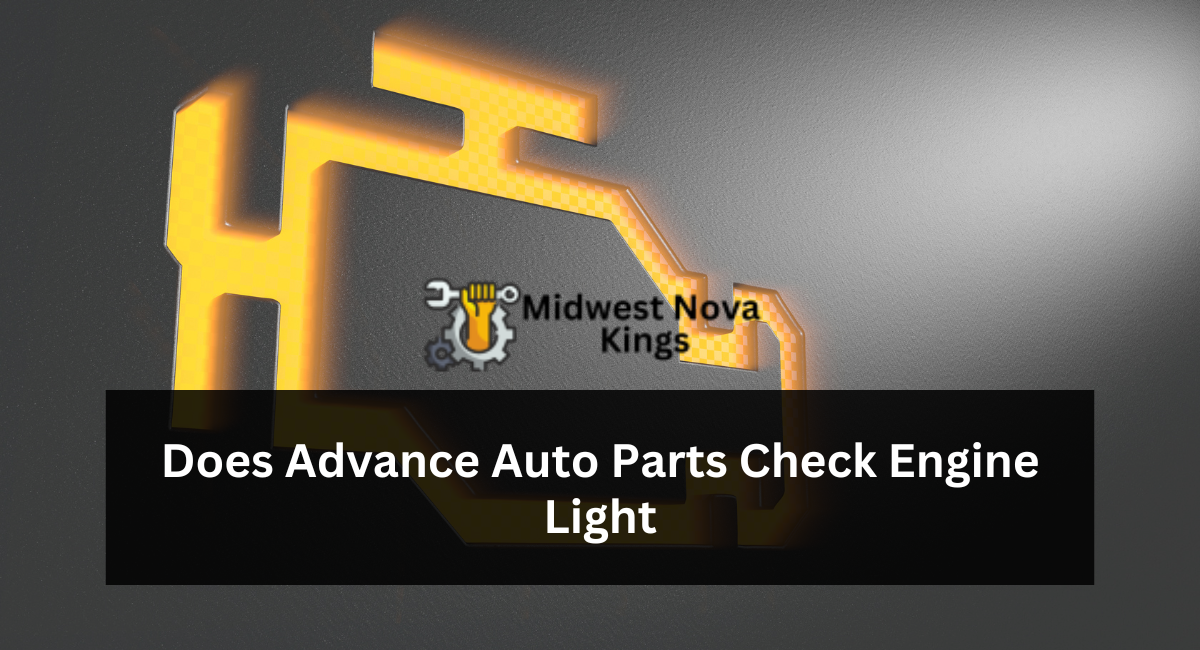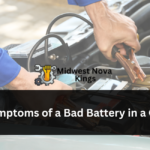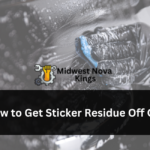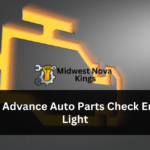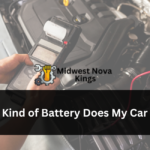The Check Engine light illuminates when your car’s sensors detect a problem. This could be something as minor as a loose gas cap or oxygen sensor or more serious like a malfunctioning catalytic converter.
Advance Auto Parts stores offer free engine computer code scanning to assist drivers in diagnosing what may be triggering their engine light. But can you read codes yourself, and if so how?
Free service
Advance Auto Parts boasts over 4,966 stores nationwide and provides free engine code scanning on most OBD-II vehicles, though this may not always resolve issues on-site; should additional diagnostic work be necessary, Advance will gladly refer you to an experienced technician in your area for a more in-depth diagnosis. This service is offered during regular business hours. Advance also offers battery testing and wiper blade installation among its other in-store services.
Check engine lights can indicate many issues with an engine, including worn spark plugs, overheating and exhaust leaks. They may also signal that oxygen sensors have become covered in oil ash which impacts performance and economy of an engine. Other causes for check engine lights to illuminate may include loose or damaged gas caps as well as malfunctioning catalytic converters.
O’Reilly Auto Parts also provides a diagnostic tool called Fix Finder that reads engine, ABS, and maintenance light codes and generates an action plan report with solutions to fix them quickly. Test results can be printed or emailed as PDF documents; and their reports include millions of technician-verified fixes with recommended solutions as well as local shops who can assist in completion.
Can you read the codes by yourself?
The check engine light comes on when sensors in your car’s computer system send readings that suggest something may be amiss with it. This information is logged and can be read using special diagnostic tools known as OBD II port connectors located beneath your dashboard, in order to determine what repairs must be completed in order to turn off the light.
Now, however, it is easier than ever to purchase an affordable code reader online and use it at home. Simply plug it in, and it will display a number that indicates the cause of your check engine light coming on. Using search engines you can then learn what the code means as well as possible solutions.
However, this method is an ineffective method of diagnosing car issues. A code could indicate anything from simple issues such as a loose gas cap to more serious ones like failed oxygen sensors or spark plugs; so for best results it is advisable to visit a professional mechanic instead.
Most Advance Auto Parts stores offer free code scanning. While they might not be able to fix the issue themselves, they can tell you what’s wrong and refer you elsewhere if necessary. Some drivers have raised concerns that auto retailers should not clear codes as doing so could put drivers at risk on the road if a problem remains unresolved.
Can you take your car to a mechanic?
As your car starts up one morning, all its usual lights come on: oil, tire-pressure, fasten seatbelts and check engine lights appear, performing their routine bulb check. Most lights soon after go away again except the Check Engine Light (CEL). The CEL illuminates when a system communicating with your powertrain control module sends out of spec readings that register as trouble codes; you can connect a code reader directly to its diagnostic port under the dash and retrieve those codes yourself.
However, most repair shops charge a fee to read and interpret your car’s trouble codes. To save yourself the extra cost associated with potentially ineffective services like these, Advance Auto Parts offer free OBD-II system scans – perfect if your issue cannot be easily fixed!
The professionals at this location are specially trained to assist with finding a solution to any of your engine-related problems. A properly functioning ignition system is key for high-performance engines; so they provide an ignition system test to assess battery, wiring, and coil performance.
Upon discovering any issue with one of these components, they’ll explain how it could be repaired and provide an estimate for costs associated with its repair. In addition to ordering the necessary parts and installing them themselves, they can return your key and switch off your check engine light when completed.
What are the most common codes?
When your check engine light illuminates, it usually signifies some type of issue with your car that needs addressing – from minor ones like a loose gas cap or loose bolt, to more serious problems like an oxygen sensor being compromised. Understanding exactly what the issue is so that either you can address it yourself or bring your vehicle in for servicing; failing to do this could only worsen matters and cost more in repairs in the long run. Ignoring check engine lights may only escalate matters further and cost you even more money in repair expenses in the future!
Advance Auto Parts provides free code scanning at most of its 4,966 stores, using an OBD II scanner connected to the diagnostic port located beneath the steering wheel of a vehicle. When reading back the code read out by this tool, staff at each location can quickly understand what may be ailing their customer’s vehicle.
Searches can also provide more insight into a code’s meaning; for instance, P0113 indicates an air intake temperature sensor has failed.
P0174 indicates a fuel trim sensor has detected lean running conditions and should be cleared with an OBD II scanner tool; most stores won’t clear this code as its purpose is to notify drivers further diagnostic work needs to be conducted.
Conclusion
The “Check Engine” light in a car is a vital indicator that alerts drivers about potential issues within the vehicle’s engine or emission control systems. When this light illuminates, it signifies that the car’s onboard diagnostic system (OBD-II) has detected a problem.
This service allows customers to have a clearer understanding of what might be causing the “Check Engine” light to illuminate, enabling informed decisions regarding necessary repairs or maintenance for their vehicle’s health and performance.
